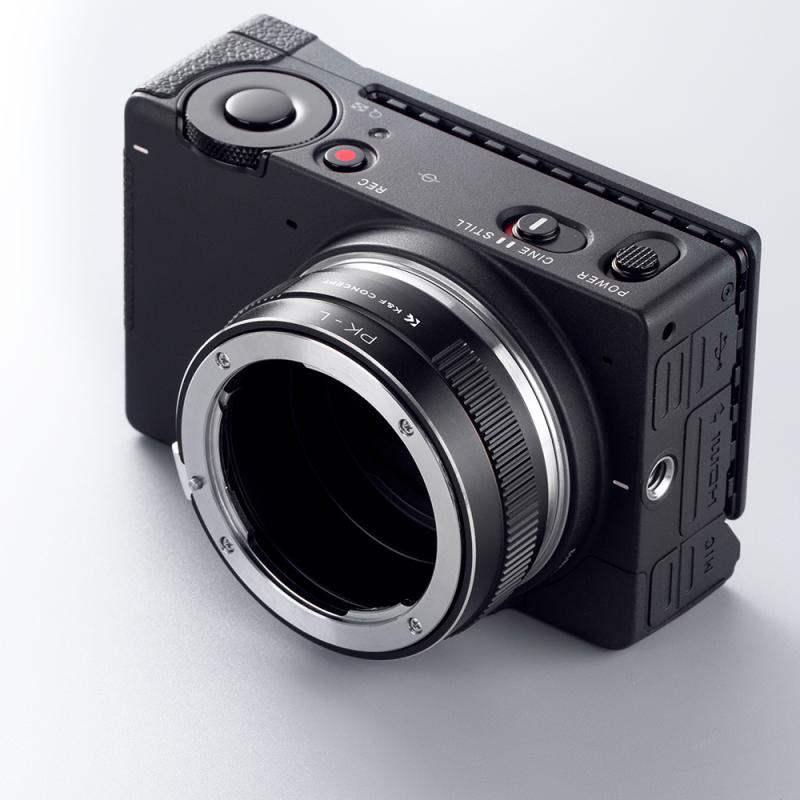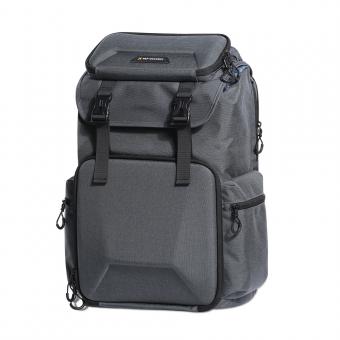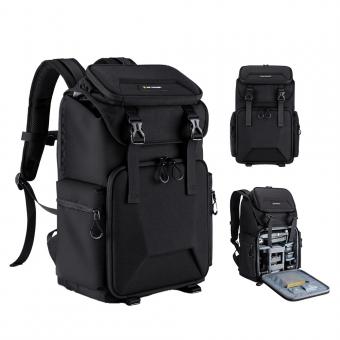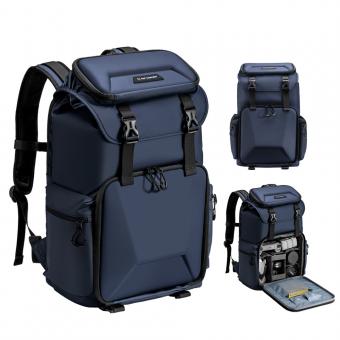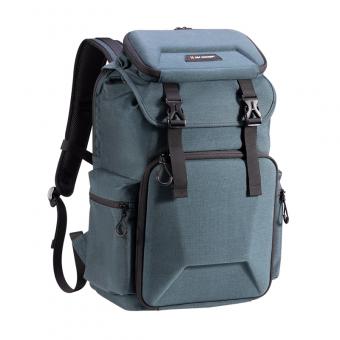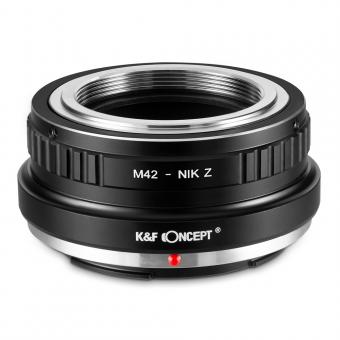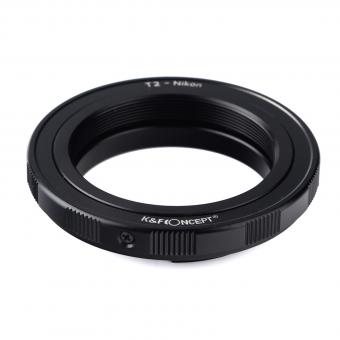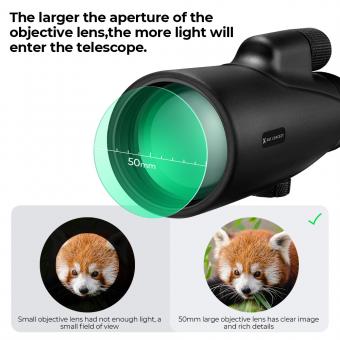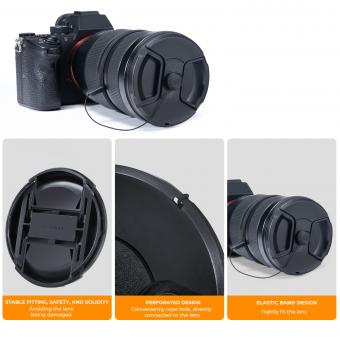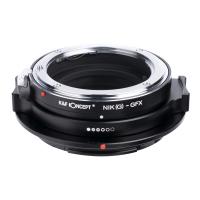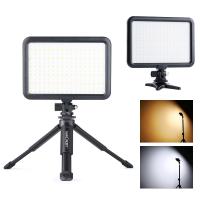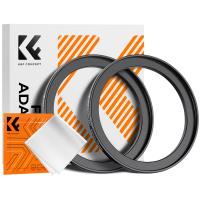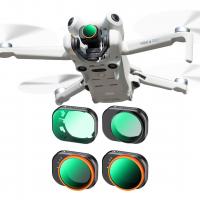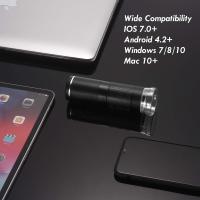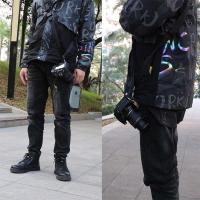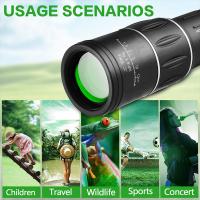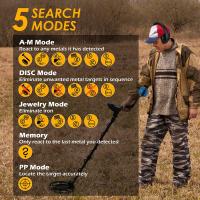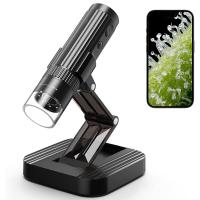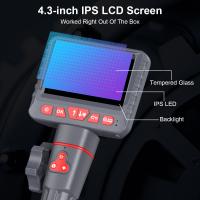Camera Which Can See Through Clothes ?
There is no camera that can see through clothes.
1、 Infrared Imaging Technology for Clothing Transparency
The concept of a camera that can see through clothes has been a topic of interest and controversy for many years. While there have been claims and rumors about such technology, it is important to clarify that there is no commercially available camera that can see through clothes in the literal sense.
However, there is a technology called Infrared Imaging that has been used in various applications, including medical imaging and security systems. Infrared imaging works by detecting the heat emitted by objects and converting it into a visible image. This technology can penetrate certain materials, such as fabrics, to some extent, but it does not provide a clear view of what is underneath.
It is crucial to note that using any technology to invade someone's privacy or engage in unethical behavior is illegal and highly unethical. The idea of a camera that can see through clothes raises serious concerns about consent, privacy, and personal boundaries.
From a legal and ethical standpoint, the use of such technology is highly controversial and regulated. Laws and regulations vary from country to country, but in most jurisdictions, using any device or technology to invade someone's privacy or engage in voyeuristic behavior is strictly prohibited.
In conclusion, while there is no camera that can see through clothes in the way it is often portrayed in popular culture, it is essential to approach this topic with caution and respect for privacy. The development and use of technology should always be guided by ethical considerations and respect for individual rights.
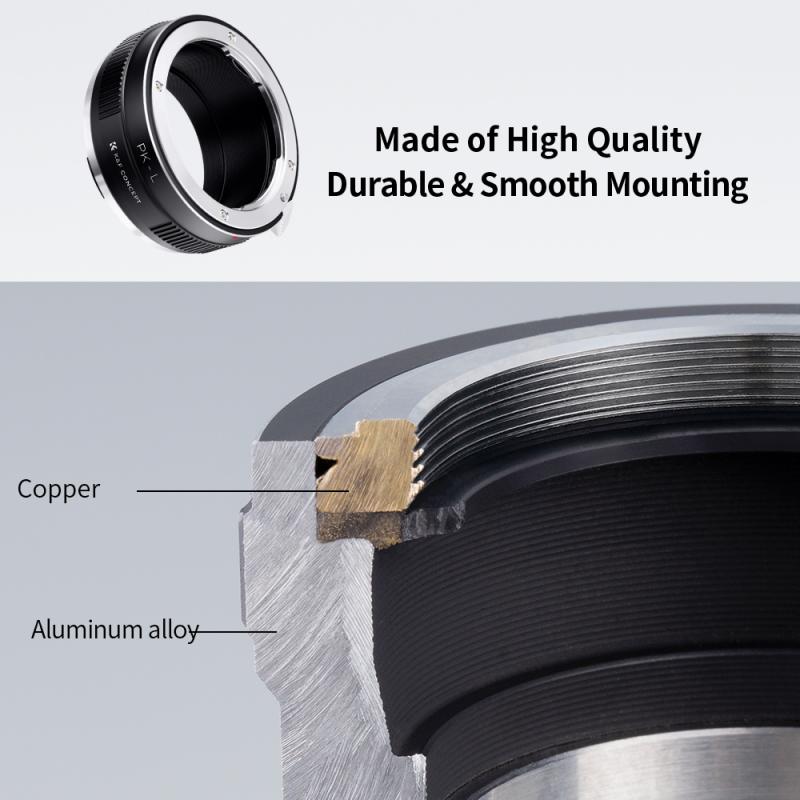
2、 Privacy Concerns and Legal Implications of See-Through Cameras
Privacy Concerns and Legal Implications of See-Through Cameras
The concept of a camera that can see through clothes raises significant privacy concerns and legal implications. While such technology may seem intriguing from a technological standpoint, it poses serious ethical and legal questions that need to be addressed.
One of the primary concerns is the invasion of privacy. The ability to see through clothes infringes upon an individual's right to privacy and personal autonomy. People have a reasonable expectation of privacy when it comes to their bodies and what they choose to wear. The use of see-through cameras would violate this expectation and could lead to a range of negative consequences, such as harassment, stalking, and non-consensual distribution of intimate images.
Furthermore, the use of see-through cameras raises questions about consent. In most jurisdictions, it is illegal to record or photograph someone without their consent in situations where they have a reasonable expectation of privacy. See-through cameras would likely fall under this category, as individuals would not expect to be observed in such an intimate manner. The lack of consent in using this technology further compounds the privacy concerns.
From a legal perspective, the use of see-through cameras could potentially violate existing laws related to voyeurism, harassment, and the distribution of explicit content. Laws would need to be updated or created to specifically address the use of this technology and establish clear boundaries and penalties for its misuse.
It is important to note that the development and use of see-through cameras are highly controversial and have faced significant backlash from privacy advocates and the general public. The potential for abuse and harm outweighs any potential benefits that may be derived from this technology.
In conclusion, the concept of a camera that can see through clothes raises serious privacy concerns and legal implications. The invasion of privacy, lack of consent, and potential for abuse are significant issues that need to be carefully considered. It is crucial that society and lawmakers address these concerns and establish clear guidelines and regulations to protect individuals' privacy and autonomy.
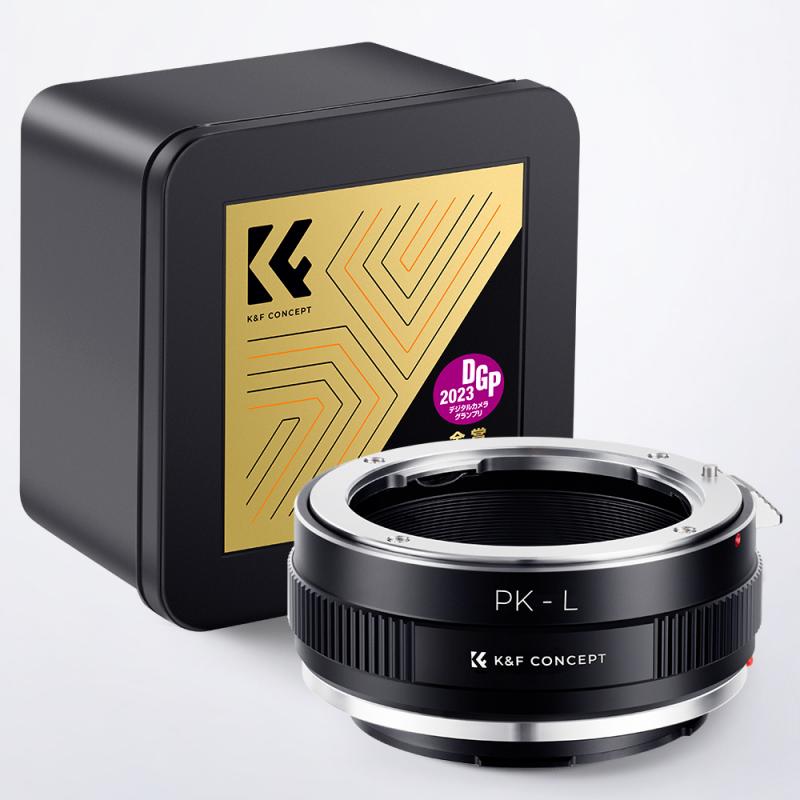
3、 Ethical Considerations Surrounding Clothing-Penetrating Camera Technology
Ethical Considerations Surrounding Clothing-Penetrating Camera Technology
The concept of a camera that can see through clothes raises significant ethical concerns that must be carefully considered. While such technology may have potential applications in certain fields like medical imaging or security, it also poses serious risks to personal privacy and dignity.
One of the primary ethical concerns is the invasion of privacy. The ability to see through clothing infringes upon an individual's right to control their own body and personal space. It opens the door to voyeurism and the potential for non-consensual recording or distribution of intimate images. This technology could be easily misused by individuals with malicious intent, leading to harassment, blackmail, or other forms of exploitation.
Furthermore, the use of clothing-penetrating cameras raises questions about consent and informed decision-making. People have a reasonable expectation of privacy when they dress themselves, and this technology undermines that expectation. It could potentially be used without the knowledge or consent of the person being observed, violating their autonomy and dignity.
Another concern is the potential for discrimination and objectification. If this technology becomes widely available, it could be used to target specific individuals or groups based on their appearance or clothing choices. This could lead to further marginalization and harassment of vulnerable populations.
From a legal standpoint, the use of clothing-penetrating cameras may also conflict with existing laws and regulations regarding privacy and consent. Governments and regulatory bodies would need to carefully consider the implications of allowing such technology to be used by the general public.
In conclusion, while the idea of a camera that can see through clothes may seem intriguing, it is crucial to approach this technology with caution and consider the ethical implications. Striking a balance between innovation and protecting personal privacy and dignity is essential. The latest point of view emphasizes the need for robust regulations and safeguards to prevent the misuse of this technology and ensure that individuals' rights are respected.
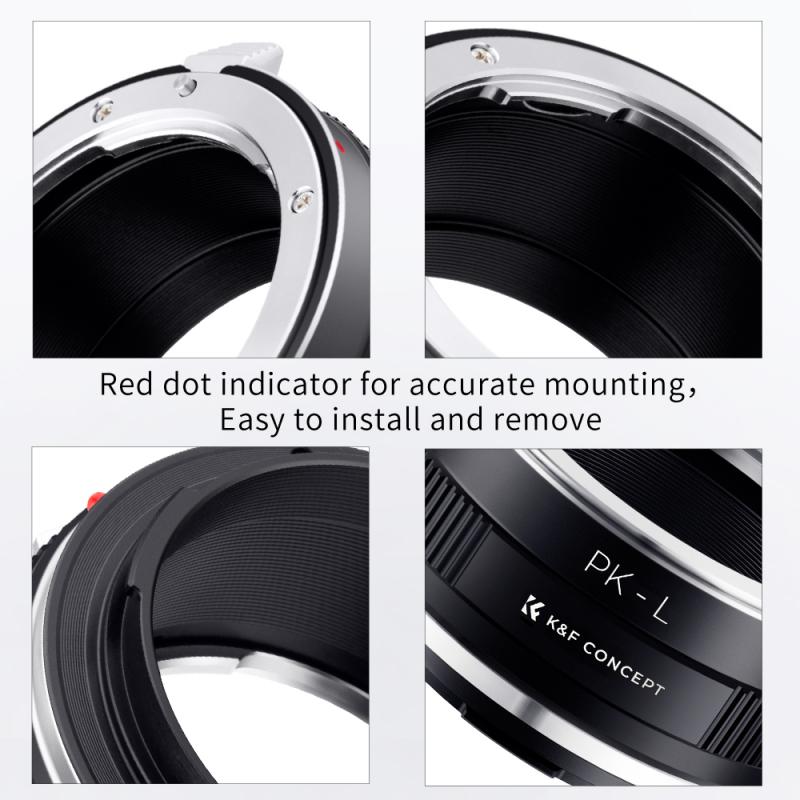
4、 Advancements in Imaging Techniques for Clothing Transparency
Advancements in Imaging Techniques for Clothing Transparency have indeed made significant progress in recent years. However, it is important to clarify that there is no such thing as a camera that can see through clothes. The concept of a camera with this capability is often associated with privacy concerns and ethical implications.
Imaging techniques have evolved to enhance the clarity and resolution of images, allowing for better visualization of objects and materials. These advancements have been particularly useful in fields such as medical imaging and industrial inspections. However, the idea of using these techniques to see through clothing raises serious ethical questions and invades personal privacy.
It is crucial to respect individuals' rights to privacy and ensure that technology is used responsibly. The development of imaging techniques should focus on improving medical diagnoses, enhancing security measures, and aiding in scientific research rather than invading personal boundaries.
From a legal standpoint, many countries have strict regulations in place to protect individuals' privacy rights. The use of imaging techniques to see through clothing without consent is considered a violation of these rights and can lead to severe legal consequences.
In conclusion, while advancements in imaging techniques have undoubtedly improved our ability to visualize objects and materials, the concept of a camera that can see through clothes is not only ethically questionable but also illegal in many jurisdictions. It is essential to prioritize the responsible and ethical use of technology to ensure the protection of individuals' privacy and maintain societal trust.
